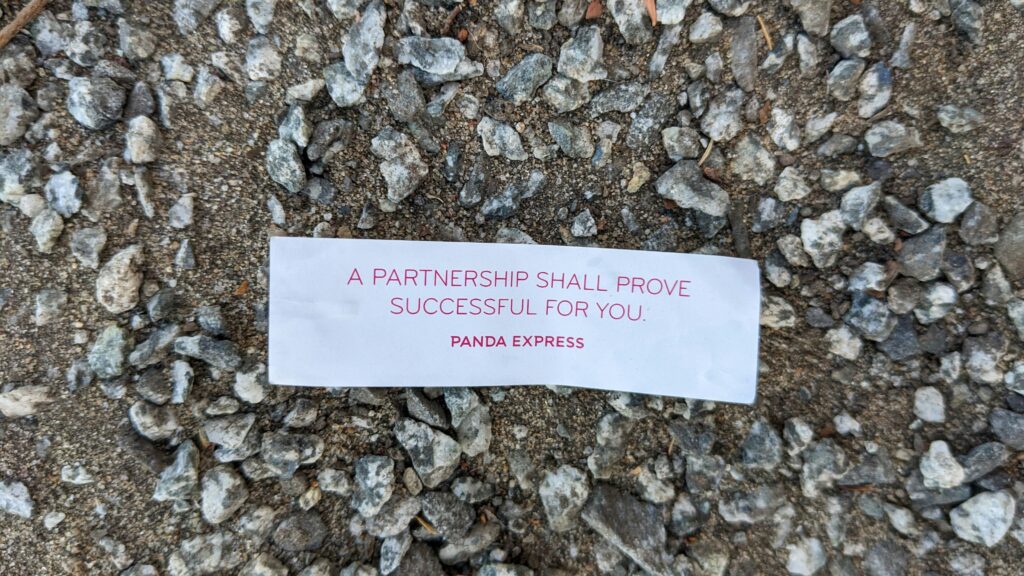Why Brand Deals Are Still a Big Deal
For most vloggers, sponsorships aren’t a side hustle—they’re a core revenue stream. Ad rates fluctuate, affiliate links underperform, and merch takes time to scale. But a well-placed brand deal? That’s steady money with high upside. In 2024, it’s common to see creators relying on sponsorships for anywhere from 30% to over half their income. And the best part? The shelf life of a good sponsorship continues to grow.
That’s because trust has shifted. Brands now see creators not just as walking billboards, but as media voices with loyal, focused audiences. They’re willing to invest more—but they’re also more selective. Authenticity beats reach. A vlogger ranking third in subs but first in engagement often gets the nod. That’s a big change from the follower-count frenzy of just a few years ago.
There’s also a stark difference between one-off promos and real partnerships. A single post might bring in quick cash, but it rarely moves the needle for either side. Long-term deals—repeating mentions across content, shared campaigns, product launches—build momentum and credibility. They’re more stable, better paying, and easier to manage once the trust’s in place.
For vloggers looking to grow their income and stay sustainable, smart sponsorships aren’t just helpful. They’re essential.
Step 1: Building a Sponsor-Ready Channel
Consistency isn’t optional anymore—it’s the foundation. Brands don’t want to gamble on hit-or-miss creators, no matter how charismatic the content is. A clear, dependable message builds trust. That means sticking to your niche, maintaining a rhythm in posting, and showing up even when it’s tempting to coast. Your tone, style, and values should line up from platform to platform. If a brand can’t tell what you stand for in 30 seconds, you’re not ready.
Next: the media kit. If you don’t have one, you’re already behind. It doesn’t have to be flashy, but it does need to be sharp. Key stats—average views, top-performing content, engagement rates—should be easy to scan. Add audience demographics, brand alignment (what kinds of sponsors make sense for you), and a short elevator pitch. Keep it clean, confident, and honest.
And while follower count still catches the eye, brands are looking deeper. Engagement rates tell the real story: do people watch, comment, share, and care? A smaller but active audience trumps a huge passive one every time. Bottom line—brands will pick reliable, authentic creators over viral flukes. Get your house in order, and you’ll be the one they call.
Step 2: Finding the Right Brands
The smartest creators treat sponsorships like dating—not a numbers game, but a compatibility test. Partnering with a brand that doesn’t match your niche or tone might get you paid once, but it’ll cost you long-term credibility. Fans can smell it when you fake it. Think quality over quantity: go for sponsors whose values echo your content. If you’re all about slow fashion, don’t take money from a fast-fashion brand just because the check clears.
When reaching out, skip the cringe. No begging, no over-selling. Be direct, concise, and focused on mutual benefit. Start with a clear subject line and an intro sentence that gets to the point: who you are, what you create, and why you’re reaching out. Include solid metrics, audience insights, and a short idea on how you see a partnership playing out. Think of it as a cold open to a good series—you’re just trying to buy enough attention to start a conversation.
Just as important: know when to walk away. If a brand asks you to water down your message, hide your values, or over-deliver without fair compensation, the answer is no. Turning down a bad fit teaches you what a good one should look like. In the long run, saying no sharpens your lane—and builds trust with the audience who got you here in the first place.
Step 3: Negotiating Like a Pro
Knowing your worth starts with real numbers, not guesswork. Your rate isn’t just about how many people watch your videos—it’s about what kind of influence you have, how aligned your audience is with a brand’s goals, and what kind of engagement you consistently get. Use past campaign results, CPM data, and even influencer rate calculators as a starting point, but don’t undersell yourself just to land a deal.
Then come the details that make or break the partnership: usage rights, timelines, and deliverables. If a brand wants to use your sponsored video on their own ads or platforms, that’s a separate charge. If they expect multiple versions, staggered content drops, or rush turnarounds—those need to be clear and compensated. Ask where your content will live, how long they plan to use it, and whether you can repurpose your own work.
Watch out for red flags in contracts. Vague deliverables, no payment terms, exclusive rights without extra pay—these are signals to press pause. Always request a written agreement. Verbal deals are a shortcut to getting burned. And if you’re unsure, get a second pair of eyes—whether it’s a lawyer, agent, or trusted creator friend. Good deals protect both parties. Great deals respect your creative value.
Step 4: Delivering Real Value
Here’s where the good creators separate themselves from the great ones. Working with a brand isn’t just about reading off a talking point or holding up a product. If it doesn’t feel natural, your audience clicks out—or worse, checks out. The best integrations feel like they belong. That means putting the product or service in context, using your tone, your style, and your voice. If it’s not useful or interesting to your audience, don’t expect it to stick.
Once the content’s live, your job isn’t over. Brands want proof that your audience is engaged, not just watching. That means sending clean performance reports: reach, watch time, CTR, comments—whatever matches the brand’s goals. Keep it short, clear, and focused. Data builds trust.
If the campaign worked, and you handled everything well, you’re in a strong spot for a follow-up or even a retainer. A repeat sponsor is worth gold. So close the loop, ask for feedback, and pitch the next idea. Make yourself easy to work with and impossible to ignore.
Earning Beyond Sponsorships
Sponsorships might be the gateway, but they’re no longer the ceiling. In 2024, creators are going beyond brand deals and building their own ecosystems. At the center of this shift? Ownership. The smartest vloggers are turning their audiences into communities—and those communities into recurring income.
Courses, exclusive memberships, paid newsletters, digital products—these aren’t side hustles anymore. They’re becoming core parts of sustainable creator businesses. A vlogger teaching editing techniques now sells a multi-part course. A beauty creator runs a private Discord with early product reviews and live chats. DIY channels are launching low-cost subscription tiers with bonus builds and behind-the-scenes content.
Why it works: recurring revenue is stable, predictable, and creator-owned. No waiting for a brand email. No stress about CPMs crashing. It also deepens audience connection. When followers pay to be part of a smaller, more exclusive space, engagement goes up—and so does loyalty.
If you’re serious about future-proofing your channel, start treating it like a business, not just a feed. Explore how to set up gated content, build your offer stack, and avoid common traps here: Building a Subscription Model for Vloggers.
Wrap-Up: Build Reputation, Not Just Revenue
Play the Long Game
Securing and sustaining sponsorships isn’t about chasing short-term money—it’s about building a brand that brands trust. The creators who thrive in this space are consistent, transparent, and selective with opportunities. Quick wins may bring short-term gains, but long-term relationships bring reliability and scale.
- Think in years, not weeks
- Focus on recurring partnerships and retainers
- Avoid promoting brands that don’t align with your message or values
Why Patience and Integrity Pay Off
Audiences can sense when something feels forced or inauthentic. Brands can too. That’s why creators who choose their partnerships carefully—and deliver real results—end up with longer contracts and better deals. Integrity builds credibility. And credibility builds influence.
- Be honest with your audience about sponsored content
- Only partner with brands you genuinely believe in
- Use data to back up your value, but don’t compromise on your voice
Stay Professional, Stay Consistent
Sponsorships often come down to more than numbers—they hinge on professionalism. How you communicate, deliver content, and manage expectations can be the deciding factor between a one-time deal and an ongoing partnership.
- Respond to emails and deadlines promptly
- Deliver what you promised (and a bit more if possible)
- Stay on brand—don’t let money skew your message
Final Thought: In the end, your reputation is your resume. Building trust with your audience and your partners is the clearest path to sponsorship success.


 Eddiesons Sinhacha is dedicated to bridging technology and storytelling. At vlogedgevault he specializes in uncovering advanced techniques and digital trends that empower creators to elevate their content and reach wider audiences.
Eddiesons Sinhacha is dedicated to bridging technology and storytelling. At vlogedgevault he specializes in uncovering advanced techniques and digital trends that empower creators to elevate their content and reach wider audiences.

